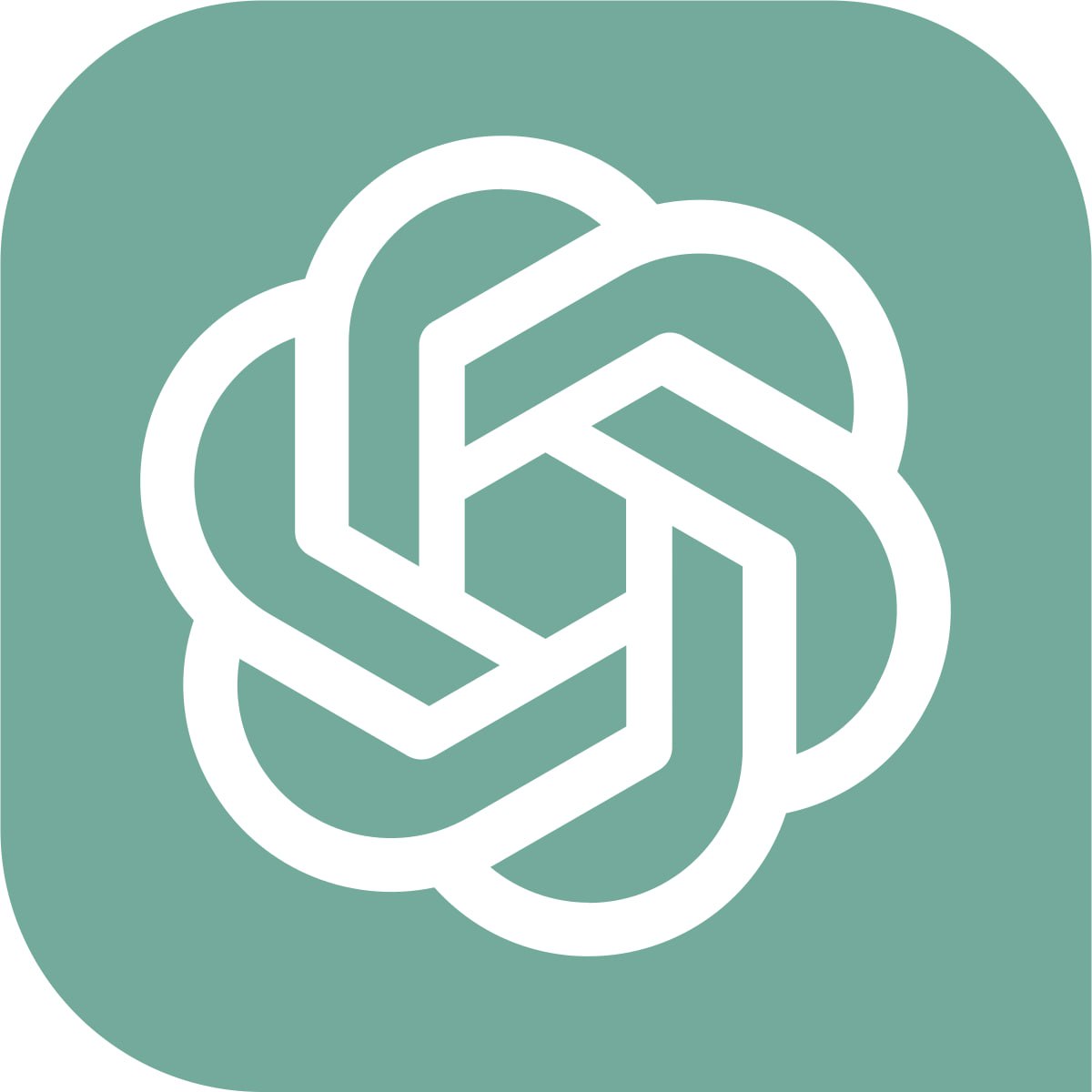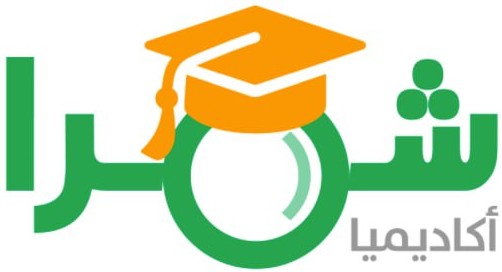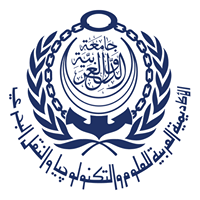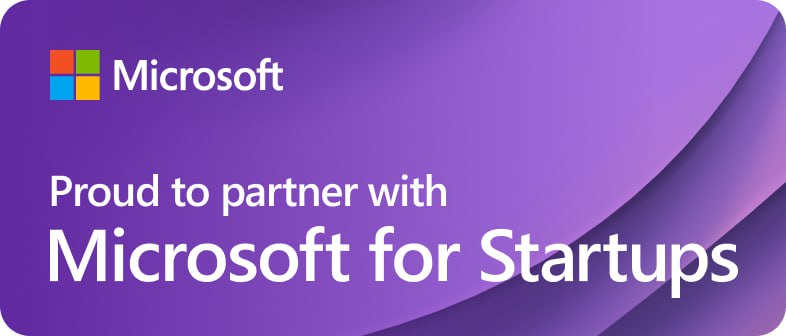اشترك بالحزمة الذهبية واحصل على وصول غير محدود شمرا أكاديميا
تسجيل مستخدم جديدA Threshold for Quantum Advantage in Derivative Pricing
71
0
0.0
(
0
)
اسأل ChatGPT حول البحث

ﻻ يوجد ملخص باللغة العربية
We give an upper bound on the resources required for valuable quantum advantage in pricing derivatives. To do so, we give the first complete resource estimates for useful quantum derivative pricing, using autocallable and Target Accrual Redemption Forward (TARF) derivatives as benchmark use cases. We uncover blocking challenges in known approaches and introduce a new method for quantum derivative pricing - the re-parameterization method - that avoids them. This method combines pre-trained variational circuits with fault-tolerant quantum computing to dramatically reduce resource requirements. We find that the benchmark use cases we examine require 8k logical qubits and a T-depth of 54 million. We estimate that quantum advantage would require executing this program at the order of a second. While the resource requirements given here are out of reach of current systems, we hope they will provide a roadmap for further improvements in algorithms, implementations, and planned hardware architectures.
قيم البحث
اقرأ أيضاً
We show that postselection offers a nonclassical advantage in metrology. In every parameter-estimation experiment, the final measurement or the postprocessing incurs some cost. Postselection can improve the rate of Fisher information (the average inf
ormation learned about an unknown parameter from an experimental trial) to cost. This improvement, we show, stems from the negativity of a quasiprobability distribution, a quantum extension of a probability distribution. In a classical theory, in which all observables commute, our quasiprobability distribution can be expressed as real and nonnegative. In a quantum-mechanically noncommuting theory, nonclassicality manifests in negative or nonreal quasiprobabilities. The distributions nonclassically negative values enable postselected experiments to outperform even postselection-free experiments whose input states and final measurements are optimized: Postselected quantum experiments can yield anomalously large information-cost rates. We prove that this advantage is genuinely nonclassical: no classically commuting theory can describe any quantum experiment that delivers an anomalously large Fisher information. Finally, we outline a preparation-and-postselection procedure that can yield an arbitrarily large Fisher information. Our results establish the nonclassicality of a metrological advantage, leveraging our quasiprobability distribution as a mathematical tool.
Random access codes have provided many examples of quantum advantage in communication, but concern only one kind of information retrieval task. We introduce a related task - the Torpedo Game - and show that it admits greater quantum advantage than th
e comparable random access code. Perfect quantum strategies involving prepare-and-measure protocols with experimentally accessible three-level systems emerge via analysis in terms of the discrete Wigner function. The example is leveraged to an operational advantage in a pacifist version of the strategy game Battleship. We pinpoint a characteristic of quantum systems that enables quantum advantage in any bounded-memory information retrieval task. While preparation contextuality has previously been linked to advantages in random access coding we focus here on a different characteristic called sequential contextuality. It is shown not only to be necessary and sufficient for quantum advantage, but also to quantify the degree of advantage. Our perfect qutrit strategy for the Torpedo Game entails the strongest type of inconsistency with non-contextual hidden variables, revealing logical paradoxes with respect to those assumptions.
Many quantum mechanical experiments can be viewed as multi-round interactive protocols between known quantum circuits and an unknown quantum process. Fully quantum coherent access to the unknown process is known to provide an advantage in many discri
mination tasks compared to when only incoherent access is permitted, but it is unclear if this advantage persists when the process is noisy. Here, we show that a quantum advantage can be maintained when distinguishing between two noisy single qubit rotation channels. Numerical and analytical calculations reveal a distinct transition between optimal performance by fully coherent and fully incoherent protocols as a function of noise strength. Moreover, the size of the region of coherent quantum advantage shrinks inverse polynomially in the number of channel uses, and in an intermediate regime an improved strategy is a hybrid of fully-coherent and fully-incoherent subroutines. The fully coherent protocol is based on quantum signal processing, suggesting a generalizable algorithmic framework for the study of quantum advantage in the presence of realistic noise.
The application in cryptography of quantum algorithms for prime factorization fostered the interest in quantum computing. However, quantum computers, and particularly quantum annealers, can also be helpful to construct secure cryptographic keys. Inde
ed, finding robust Boolean functions for cryptography is an important problem in sequence ciphers, block ciphers, and hash functions, among others. Due to the super-exponential size $mathcal{O}(2^{2^n})$ of the associated space, finding $n$-variable Boolean functions with global cryptographic constraints is computationally hard. This problem has already been addressed employing generic low-connected incoherent D-Wave quantum annealers. However, the limited connectivity of the Chimera graph, together with the exponential growth in the complexity of the Boolean function design problem, limit the problem scalability. Here, we propose a special-purpose coherent quantum annealing architecture with three couplers per qubit, designed to optimally encode the bent function design problem. A coherent quantum annealer with this tree-type architecture has the potential to solve the $8$-variable bent function design problem, which is classically unsolved, with only $127$ physical qubits and $126$ couplers. This paves the way to reach useful quantum supremacy within the framework of quantum annealing for cryptographic purposes.
Identifying the boundary beyond which quantum machines provide a computational advantage over their classical counterparts is a crucial step in charting their usefulness. Gaussian Boson Sampling (GBS), in which photons are measured from a highly enta
ngled Gaussian state, is a leading approach in pursuing quantum advantage. State-of-the-art quantum photonics experiments that, once programmed, run in minutes, would require 600 million years to simulate using the best pre-existing classical algorithms. Here, we present substantially faster classical GBS simulation methods, including speed and accuracy improvements to the calculation of loop hafnians, the matrix function at the heart of GBS. We test these on a $sim ! 100,000$ core supercomputer to emulate a range of different GBS experiments with up to 100 modes and up to 92 photons. This reduces the run-time of classically simulating state-of-the-art GBS experiments to several months -- a nine orders of magnitude improvement over previous estimates. Finally, we introduce a distribution that is efficient to sample from classically and that passes a variety of GBS validation methods, providing an important adversary for future experiments to test against.
سجل دخول لتتمكن من نشر تعليقات
التعليقات
جاري جلب التعليقات


سجل دخول لتتمكن من متابعة معايير البحث التي قمت باختيارها


